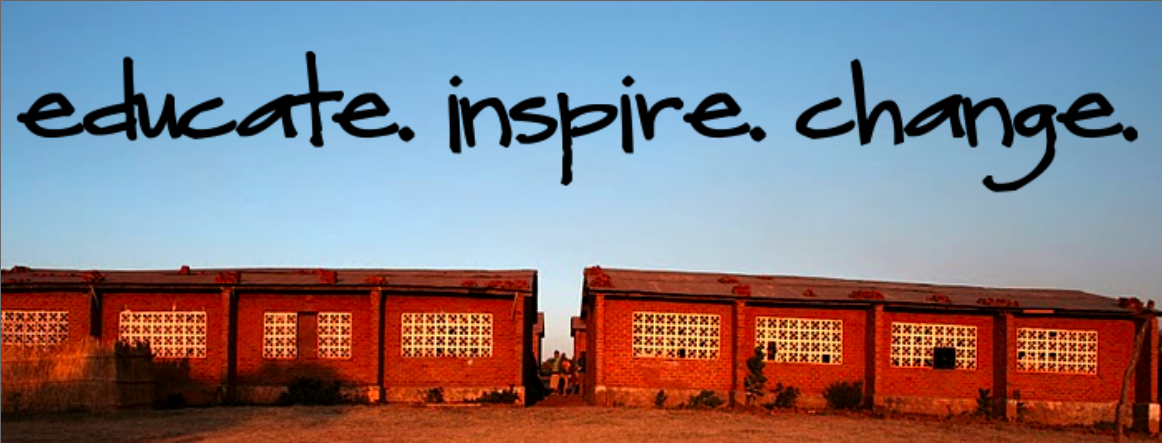Malawians that do not have electricity use firewood for everyday energy needs, such as cooking and heating. The majority of wood energy users are in the rural area, where the majority of the population lives, about 80% of the population, according to the CIA World Factbook. This means about 13,360,000 people live in the countryside villages of Malawi using wood energy. Over roughly 7 years (1983-1990), wood consumption increased from 8.5 million tons to about 12 million tons per year, an increase of about 41%. In that same time, demand for wood from the tobacco industry increased by about 29%. This long-term, high rate of reliance on firewood has led to a major deforestation issue in Malawi.
While a majority of wood is still used for rural cooking and heating, there is a large demand for wood elsewhere within the nation as well (see diagram at left). There is a massive countrywide need for firewood, but because of the quick depletion of forests, the resources are vanishing quickly. Hardly any regulations exist in Malawi about cutting down trees, and the regulations that do exist are easily illegally circumvented. Continued loss of forests will have an overwhelming deleterious effect on the Malawian environment. Soil erosion has become an increasing problem due to the high rate of deforestation. Without trees to soak up water during the rainy season, healthy topsoil is washed away leaving no nutrients in the ground for growing food or planting new trees. The lack of nutrient-rich soil makes growing crops increasingly difficult and adds further economic strain on poor farmers who must now invest in expensive fertilizers.
 The listed statistics are basic measurements of Malawi’s overall energy consumption. While only 2.5% of Malawi’s energy was renewably source in 2010, the vast majority of Malawi’s electricity is renewably sourced from hydroelectricity. Malawi expects to expand their energy prospects on the national grid in the next few years, as projected in this graph.
The listed statistics are basic measurements of Malawi’s overall energy consumption. While only 2.5% of Malawi’s energy was renewably source in 2010, the vast majority of Malawi’s electricity is renewably sourced from hydroelectricity. Malawi expects to expand their energy prospects on the national grid in the next few years, as projected in this graph. The map below is of potential locations for hydroelectricity production that are not yet being utilized. Hydroelectricity creates energy by harvesting energy from bodies of water, in laymen’s terms. Since Malawi claims a large part of Lake Malawi, and several tributaries of the Lake, there are many untapped resources within the country.
Another largely untapped resource in Malawi is solar power. While solar energy is not a part of the grid in Malawi, it does exist in certain regions. Malawi is located in sub-Saharan Africa where many countries receive around six hours of peak sunlight a day. There is so much potential in levels of sunlight like this for solar power that the entire country could potentially access it very cheaply and easily through the assistance of outside sources. Solar power does exist in small communities but it is mostly funded by NGOs and does not provide energy to the national grid. If the people were provided with photovoltaic panels, they could power their communities and truly raise development levels.
Finally, another resource that could assist the grid’s sustainability is wind energy.
There are many exciting projects going on in Malawi, some initiated by the people of Malawi, and some by local or foreign NGOs. If these projects have the potential to combine with the existing energy grid, there is the potential for more electricity, largely from renewable resources. Since the majority of Malawian electricity is already hydroelectricity, hopes for expanding the amount of electricity produced through renewable sources is plausible. By moving the country into a new era of renewable energy that does not harm the environment, the pristine beauty of the country could be restored and protected while also creating more electricity. Africa’s warm heart could be a model for green development, leading even more developed – without introducing controversial nuclear power or harming the environment.
This piece was written by Nicole Bradley, based on a final research paper for her undergraduate degree. Edited by Emily Stallings.


